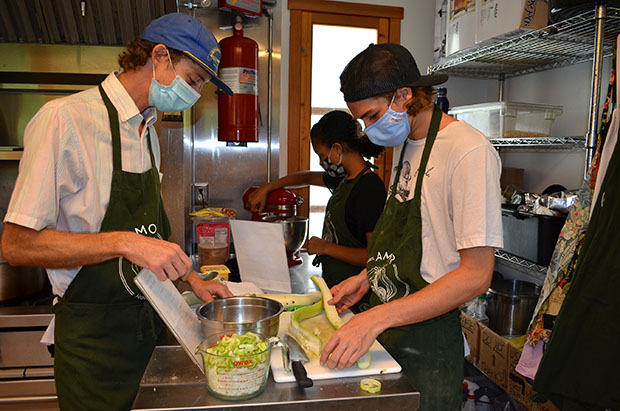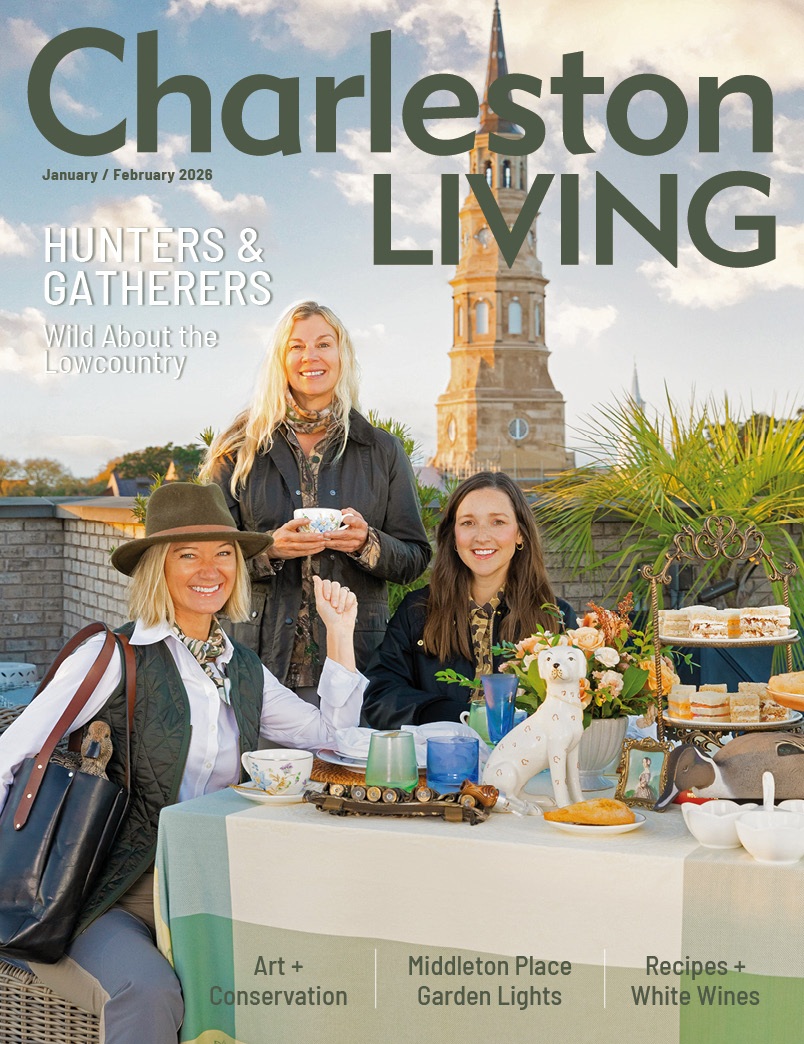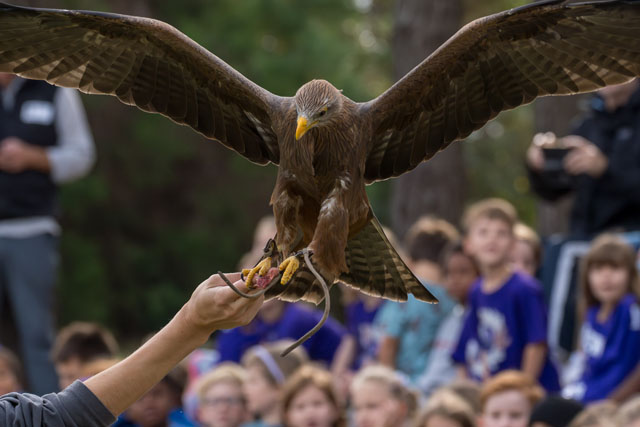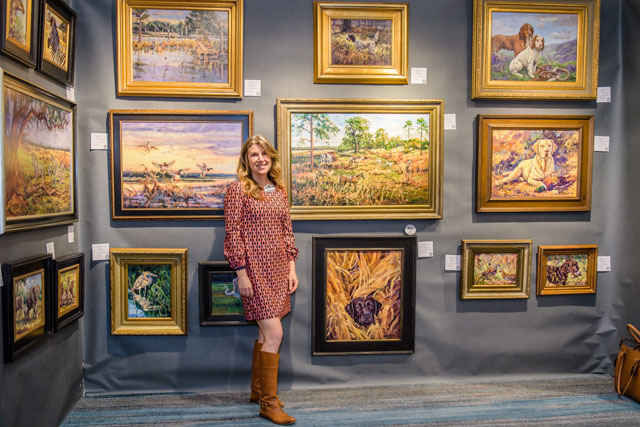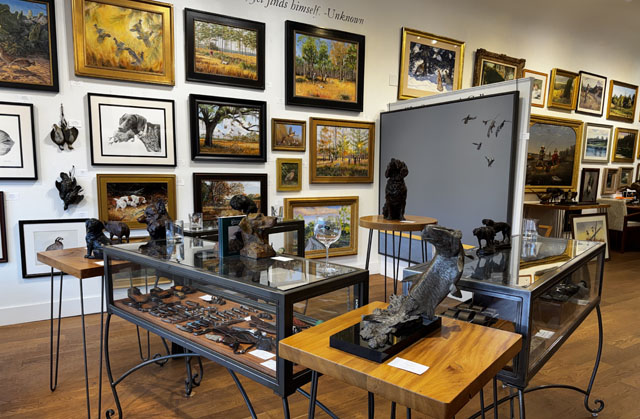Charleston’s Haunted History
26 Oct 2020
Boo-Hags, Plait-Eye and a ghost or two
By Suzannah Smith Miles
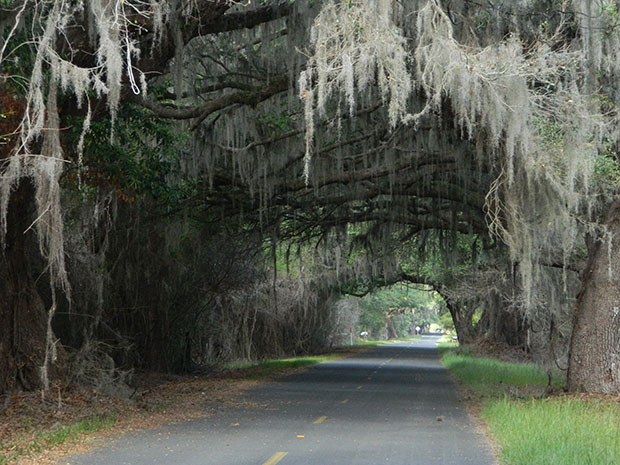
It was a ghostly night on the back road home, the moss was hanging low,
Eyes gleamed in the woods where while things roamed – boo-daddies and hags, I know.
Silence crept like a winter frost down to my very bones,
The wind was still and souls now lost began to sing in eerie tones.
From A Lowcountry Garden of Verse (Kings Highway, 2003)
Few places are spookier than a Lowcountry road at night. Spanish moss drips low with tendrils that look every bit like grey witch’s hair, hanging from oaks whose gnarled limbs might spring to life and grab you with their bony claws. Add a ghostly moon suspended in a cloud-scudded sky and the sudden shriek of a hoot owl? It is enough to make even the most stalwart jump out of their skin.
In such gloomy, forbidding settings, superstition and a belief in the otherworldly have thrived for centuries, particularly with the African-American Gullah culture.
Not only do ghostly apparitions lurk in the darkness, the night brings an unholy host of mischievous, wicked wraiths that fly around, looking to trouble you.
These include the witches and warlocks the Gullah call boo-hags and boo-daddies. The “thing what live in the ditch” is an almost invisible creature that can fly up your nose and strangle you to death. And the dreaded Plait-Eye (don’t dare look on him) is feared perhaps above all. If you catch his evil eye, he can cast you to stone.
Some of these superstitions hearken back to Africa. Others, akin to voodoo, were brought from the Caribbean. All are abetted by the natural eeriness of the landscape.
These beliefs are still held by some and as genuine as the “haint” blue that, particularly in more remote areas, is seen painted around doors and windows to keep out evil spirits.
They involve real people—witchwomen and root doctors—powerful mediums who have special powers and who can “put a root on you” by casting a spell on a root with a magic potion. Mediums who can weave spells, both good and evil, with artful words and incantations.
A good witchwoman, who the Gullah call a “white” witch or a conjure woman, is basically an herbalist who can create charms, amulets and potions concocted from native flora. She knows that Spanish moss tucked in a shoe cures high blood pressure. That cobwebs stop bleeding. She can make balms for injuries from tree bark or brew a tea of cassina leaves to cure indigestion. She can even help you find love.
But beware the “black” witch, the practitioner of the black arts, the mojo or hoodoo. This is evil with the power to put a curse on someone—to “fix-em” through emotional or physical hurt. A black witch can cast a root that will make you lose your job, your money, your spouse, or lose at cards. It can make you sick or, worse, make you dead.
All Hallow’s Eve
Halloween is a strange holiday, one born from early times when the night, itself, was feared. When ghoulies and ghosties and long-leggedy beasties were dreaded so much they were eventually included in the liturgical prayers of the established church.
These were spirits who were instruments of the devil, depraved and intent on harm. And on one night—All Hallow’s Eve—some believed these spirits were unleashed to fly through the night.
Ah, but in the ensuing centuries society has matured. Civilization has evolved to the point that we no longer fear such obviously fictitious beings as ghouls and ghosts. There are no such things as ghosts…right?
Given that Charleston has more structures over a century old than any city in America, it’s not surprising that the town abounds in ghost stories. One place that ranks high on this darker side of history is the Old Jail.
Located at 21 Magazine Street, surrounded by a high brick wall and with narrow, barred windows, the building is as ominous looking as its sordid past. It first opened in 1802 and stayed operational until 1939.
While the jail was designed to house hardened criminals, it also held people guilty of minor crimes, all incarcerated together in conditions that were truly deplorable. This included people of all ages, black and white, male and female, even children, such as one unfortunate boy jailed for stealing a pair of keys. Many died here, mostly from disease.
And some died on the gallows. Many believe their spirits haunt the building’s dank hallways.
Most notorious is the ghost of Lavinia Fisher who holds the dubious fame of being the first female serial killer in American history. In the early 1800s, she and her husband, John, ran an inn called the Six-Mile House on Charleston Neck. They were convicted of being ringleaders of a gang of highwaymen who robbed—and then murdered—their guests.
Though both Lavinia and John protested their innocence to the end, in 1820 they were hanged for their crimes. Lavinia’s supposed last words as she approached the jail’s gallows were, “If you have a message for the devil, give it to me and I will deliver it!”
While modern investigations have brought new light onto the Fisher trial, showing they were likely innocent of the crimes as charged (and doubt that Lavinia ever uttered those words), the outcome still remains. They were hanged from the neck until dead. If any two have a right to haunt the jail’s passageways, it is John and Lavinia Fisher.
Pirate’s Haunt
Speaking of hangings, one of the loveliest historic sites in Charleston is the park at the tip of the peninsula known as White Point Gardens, where High Battery and Low Battery meet at the confluence of the Ashley and Cooper rivers.
In the early 1700s, the point’s physical look was far different than today. Back then, it was a low, marshy area, a remote spit of land washed by the tides, notable only for it sandy beach covered with bleached white oyster shells—hence the name, White Point.
It was also here where pirates were hanged.
By 1718, after years of harassing shipping vessels and, at one point, pirate Blackbeard even holding Charleston hostage, the war against piracy was in full swing. Anyone unlucky enough to be convicted of piracy was ultimately hanged.
The most notorious of the pirates who met their doom here was the so-called “Gentleman Pirate,” Stede Bonnet, who was hanged along with some 49 other pirates in late 1718. History states that Bonnet was then “ignominiously buried” below the high water mark.
Yet not all pirates were fortunate enough to have their bodies interred, either on land or a watery grave.
The city’s fathers came up with a truly grotesque way of showing incoming sailors that piracy was not accepted in Charles Town. They left the bodies of the executed pirates hanging from the gallows (or in metal cages) for days afterwards, presumably until they either rotted away or were dispatched by vultures. This grisly reminder of law and order ultimately helped make Carolina waters safer.
Records of this period also mention a place called “Hangman’s Point,” yet whether this was White Point or Shute’s Folly Island (where Castle Pinckney is located) isn’t clear. Both were used as sites for public hangings.
Rather predictably, ghosts supposedly haunt both places.
I’m not surprised. Are you?

